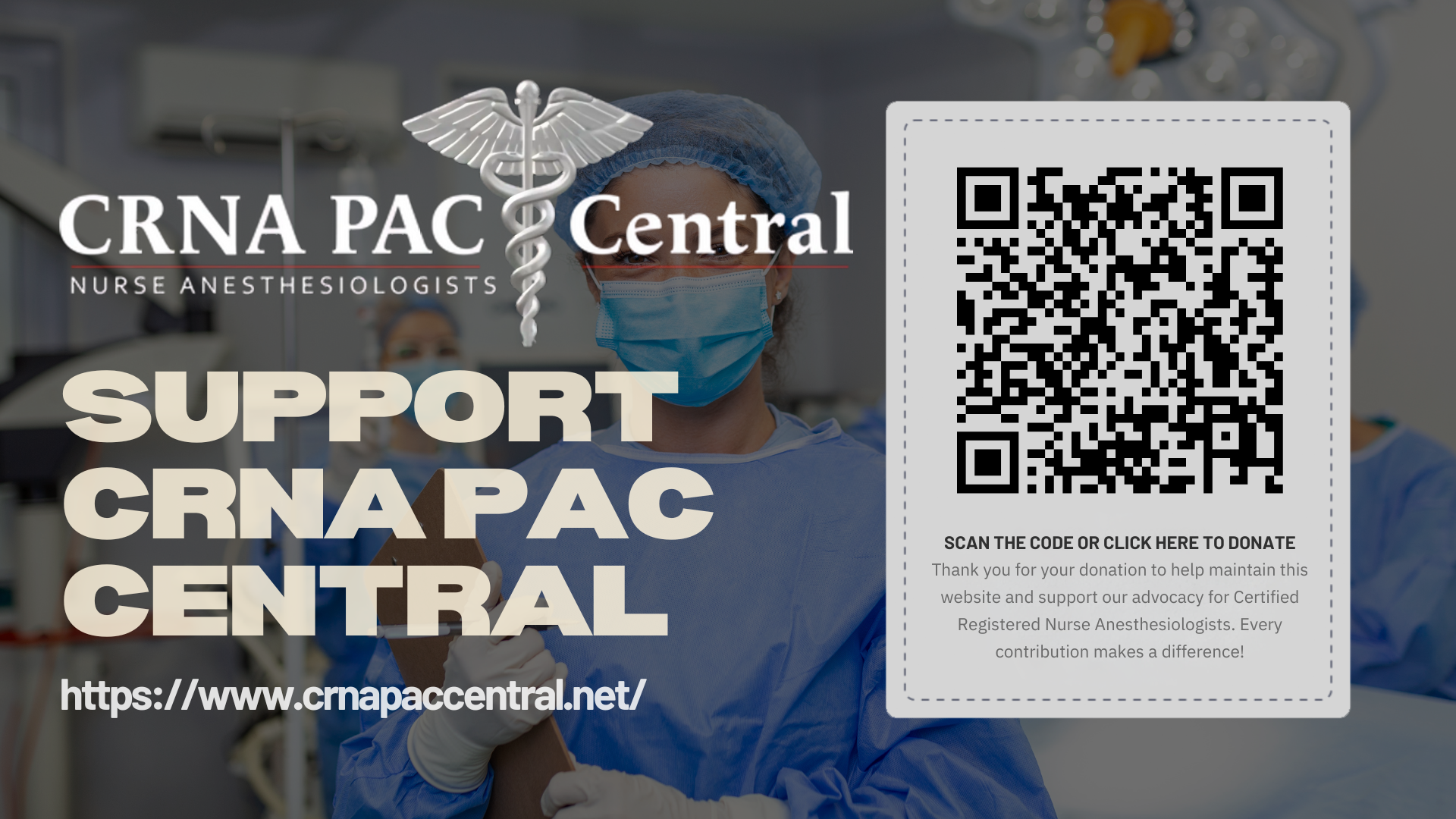The Role of a CRNA
How Do CRNAs Practice?

CRNA Only
CRNA-only practices exist in all 50 states plus Puerto Rico and Guam. CRNAs are the only anesthesia provider in 95% of rural facilities. It is estimated that approximately 15-20% of CRNAs work strictly as the sole provider in their facility while about 65% of CRNAs work at least one part-time position as a sole provider.
Anesthesia Care Team (ACT)
ACTs are very prevalent across the US. The ACT model is a team approach to anesthesia management in which a physician anesthesiologist collaborates concurrently with 1 to 4 nurse anesthesiologists or resident nurse or physician anesthesiologists during the delivery of anesthesia care. The ACT model is considered the most cost inefficient model of anesthesia care when compared to any other model of care.
INTERNATIONAL FEDERATION OF NURSE ANESTHETISTS
Founded in 1989, by 11 countries with a specific nurse anesthesia education, the IFNA now has 43 country members around the world. For more information on the IFNA click here
Pain Management
Certified Registered Nurse Anesthesiologists are perfectly poised to meet this growing demand—and, in fact, they are more frequently being tasked to handle a patient’s pain management needs everyday.
Veterans Healthcare Administration (VHA)
There are more 1100 CRNAs in the VA system currently taking care of our veterans. More than 90% of anesthesia in the Department of Defense is provided by CRNAs and 100% of anesthesia in forward locations (role 1/2, GHOST, Special operations task forces) are provided by CRNAs. CRNAs play a SIGNIFICANT ROLE in taking care of our veterans! For more information CLICK HERE!
Anesthesia Specialization
CRNAs work in a variety of practice settings and can choose to specialize in numerous areas - providing the full scope of anesthesia services necessary. These areas of specialization include but are not limited to:
- Pain management
- Plastic or cometic surgery
- Cardiothoracic surgery
- Obstetrics
- Gastrointestinal clinics
- Vascular outpatient clinics
- Oculoplastics
- Eye surgery centers
- Fertility clinics
- Outpatient facilities
- Office based surgery centers
- Administration
- Anesthesia mega-practice business owners
What are CRNAs?
Prolific Providers: Nurse anesthesiologists were arguably the first anesthesia providers - the first CRNA delivering an anesthetic more than 159 years ago. CRNAs are anesthesiology professionals who safely administer more than 54 million anesthetics to patients each year in the United States - personally providing more than 80% of the anesthetics delivered annually, and since their inception have personally provided more than 1.4 billion anesthetics.
CRNAs stay with their patients throughout the entirety of the peri-operative surgical experience or procedure, monitoring the patient's vital signs and making critical adjustments to the anesthetic, 100% of the time and are trained to handle all and every routine and potential complication.
Rural America: CRNAs represent more than 90% of the anesthesia providers in rural counties. Many rural hospitals are critical access hospitals, which often rely on independently practicing CRNAs for anesthesia care. Half of U.S. rural hospitals use a CRNA-only model for obstetric care, and the safe delivery of pain management care, particularly where there are no physician providers available, saving patients long drives of 75 miles or more.
CRNAs work in every setting providing every type of anesthetic on every type of patient in the United States: CRNAs are trained to provide anesthesia independently and in collaboration with surgeons, dentists, podiatrists, and other qualified healthcare professionals - CRNAs are NOT required to work with a physician anesthesiologist. When anesthesia is administered by a nurse anesthesiologist, it is recognized as the practice of nursing; when administered by a physician anesthesiologist, it is recognized as the practice of medicine (Legal Precedent). Regardless of whether their educational background is in nursing or medicine, all anesthesia professionals are educated and trained to give anesthesia the same way and are ultimately bound by the same standard of care as our physician colleagues.
Autonomy and Responsibility: As advanced practice registered nurses, CRNAs are trained to practice with a high degree of autonomy and are subsequently regarded with a high degree of professional respect - personally providing and maintaining the anesthetic from the beginning, during, and until the end of the surgical or procedural peri-operative experience.
CRNAs: The Future of Anesthesia Care Today

